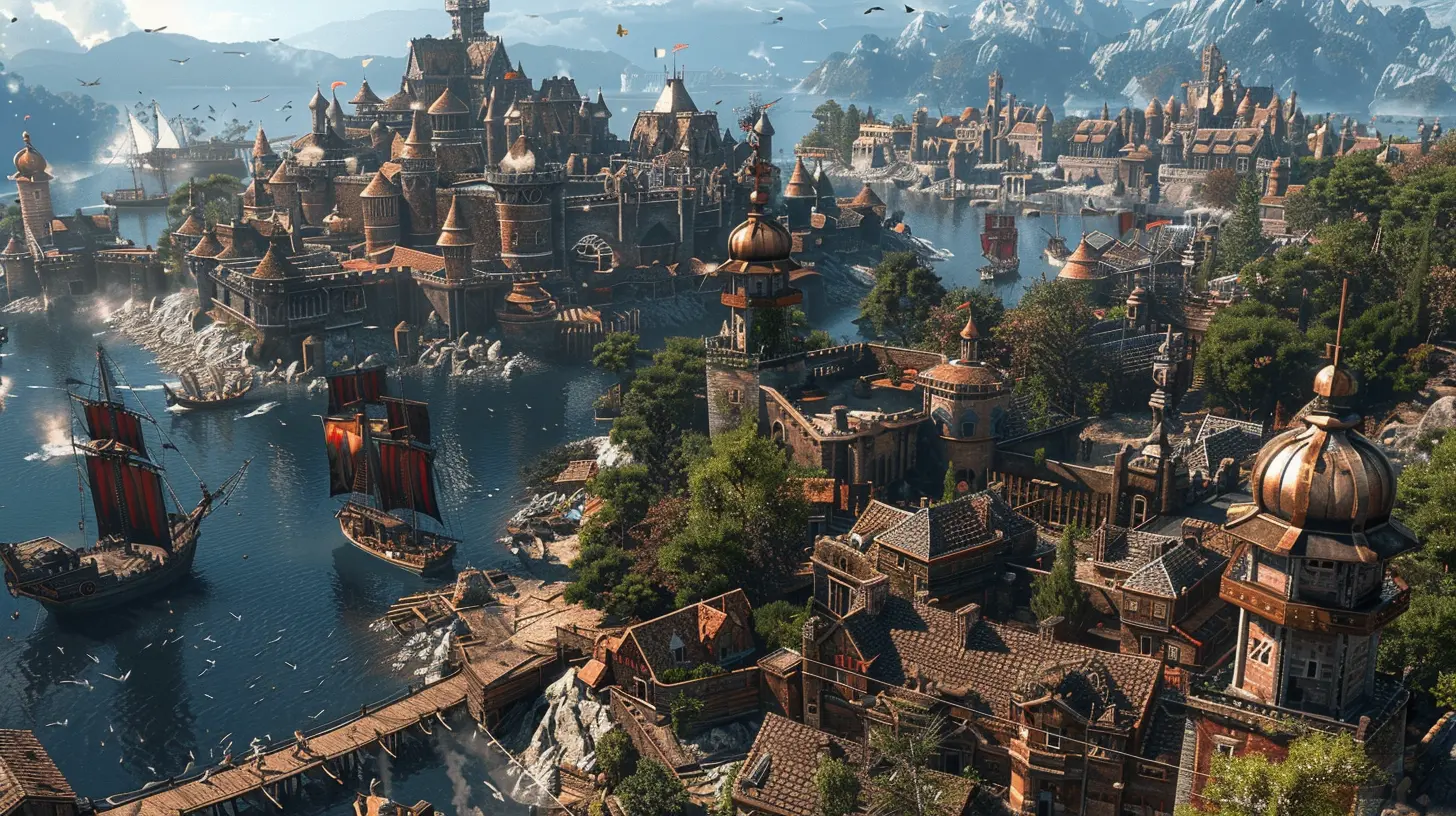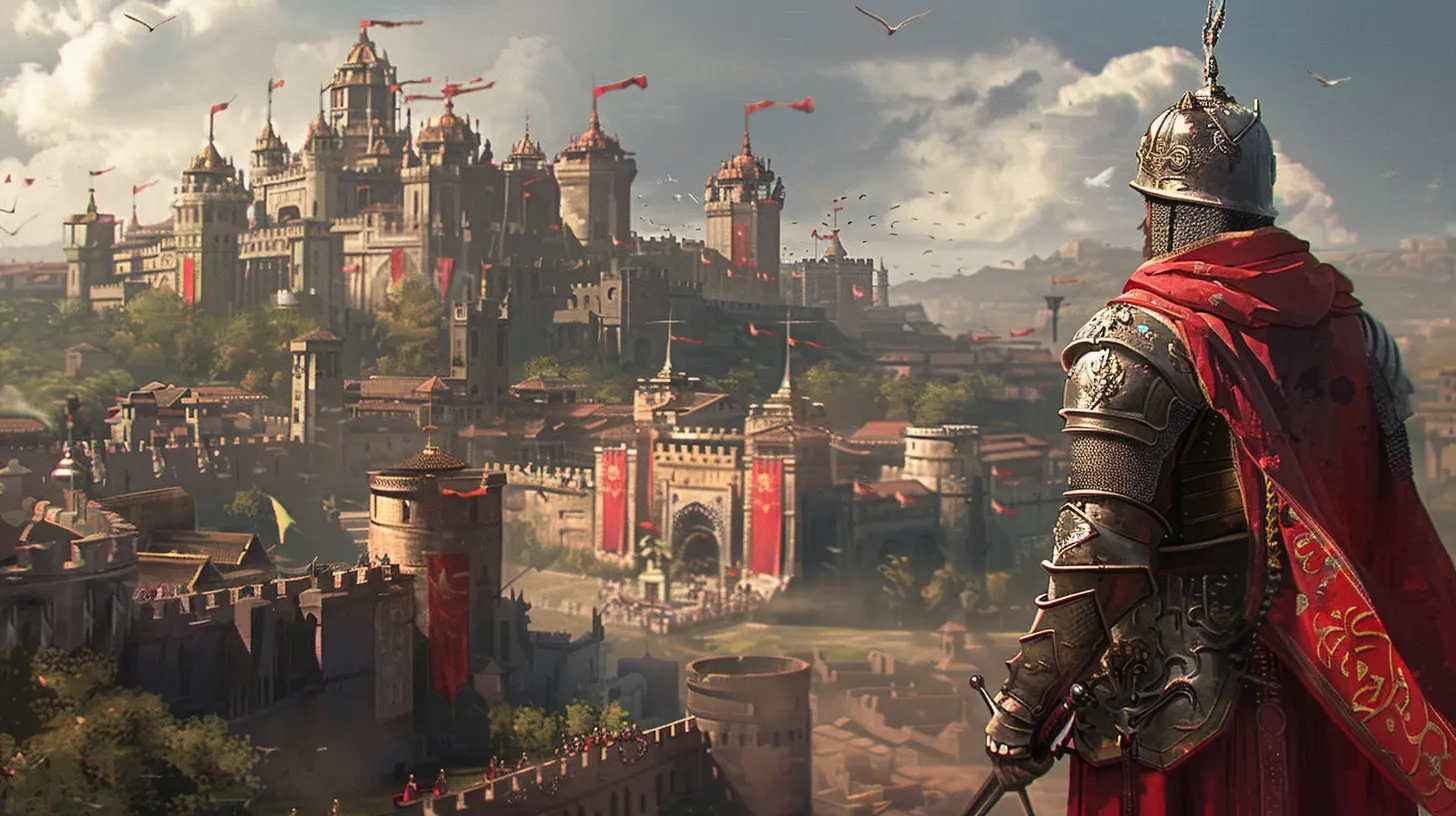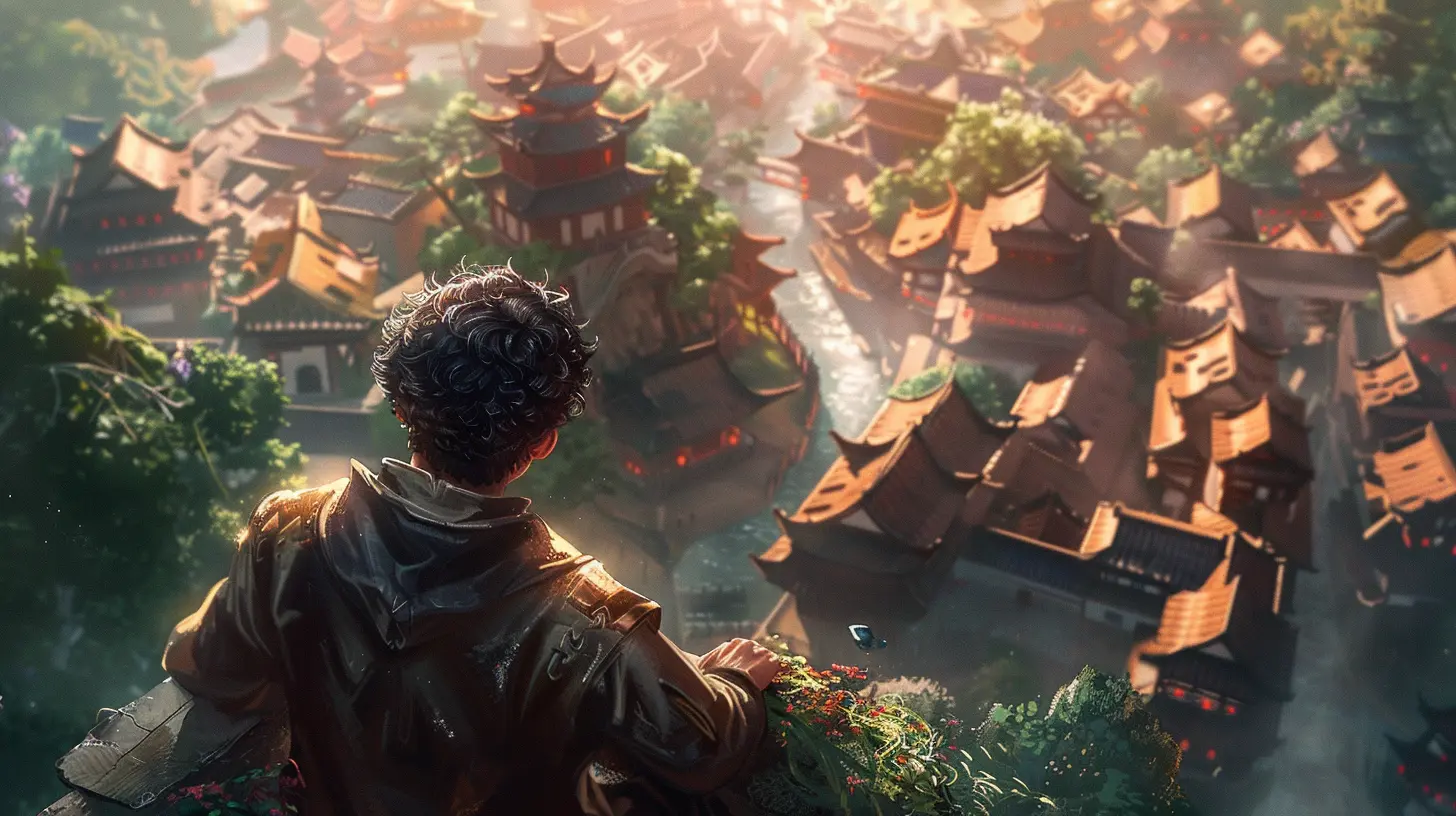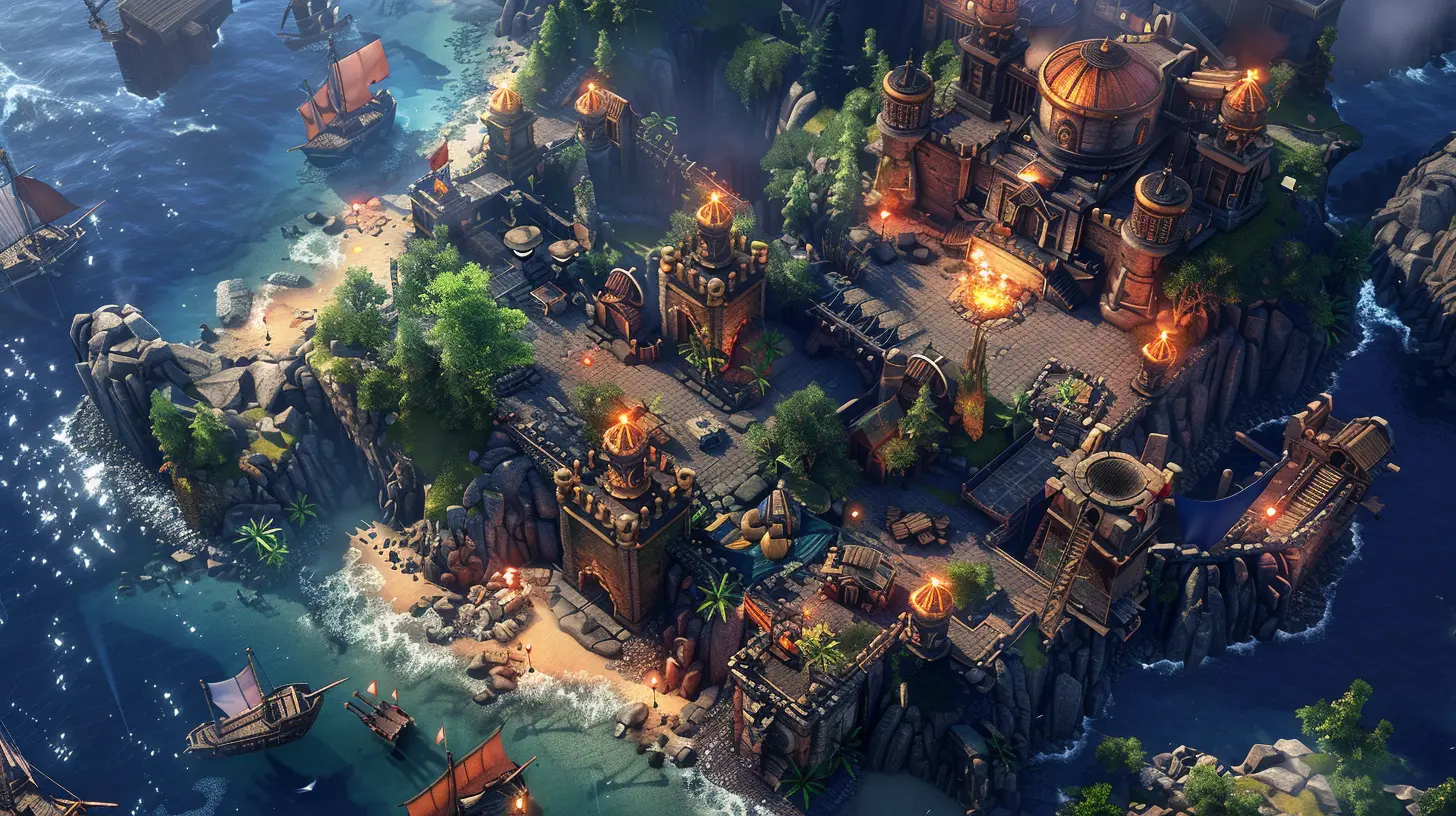How Strategy Games Built a Foundation for Esports
24 October 2025
Esports is a global phenomenon today. Packed stadiums, screaming fans, and prize pools that often exceed millions of dollars—yeah, it’s safe to say competitive gaming is a big deal. But where did it all start? While multiplayer online battle arenas (MOBAs) and first-person shooters (FPS) dominate the scene today, it was strategy games that quietly laid the groundwork for the esports empire we know and love.
Let’s dive into how strategy games were the unsung heroes that built the foundation for esports. Trust me, if you’re a fan of gaming, you’re going to want to sit tight for this one. 
The Dawn of Competitive Gaming: Strategy Games Take the Stage
Competitive gaming didn’t just appear out of thin air. It had humble beginnings, and strategy games were at its core. Back in the late '90s and early 2000s, titles such as StarCraft, Warcraft III, and Command & Conquer revolutionized the way we thought about video games.These weren’t just "sit-on-the-couch-and-button-mash" kinds of games. Strategy titles challenged players to think critically, multitask like maniacs, and plan several steps ahead. It was like chess, but on steroids. People quickly realized that watching skilled players duke it out was just as entertaining as playing the games themselves. And boom—competitive gaming was born.
Why Strategy Games Were Special
Here’s the thing: strategy games were never about luck. Sure, there were random elements like map layouts or unit spawns, but victory depended on skill, preparation, and decision-making. This made them perfect for competition. No gimmicks, no shortcuts—just raw talent. It’s like watching a master chef whip up a five-course meal, except the ingredients were Zerglings, Orks, and Siege Tanks.Another factor? Accessibility. Unlike games sitting at the mercy of high-end consoles or niche hardware, strategy games flourished on PCs. PCs were everywhere, and LAN cafes became breeding grounds for competitive gamers. If you grew up in the early 2000s, you probably spent a weekend or two in a dimly lit café yelling at your teammates over Warcraft III. Admit it.
StarCraft: The Grandfather of Esports
If we’re going to talk about strategy games laying the foundation of esports, we can’t ignore StarCraft. Released by Blizzard Entertainment in 1998, StarCraft didn’t just define the real-time strategy (RTS) genre—it practically birthed professional gaming.South Korea’s Love Affair with StarCraft
In South Korea, StarCraft wasn’t just a game; it was a cultural phenomenon. Professional players became celebrities. Gaming organizations and corporations jumped in, pouring resources into tournaments, sponsorships, and broadcast deals. At one point, there were dedicated television networks airing StarCraft matches 24/7. Yeah, you read that right—this was gaming on a whole new level.Thanks to StarCraft, the blueprint for modern esports was established. Organized tournaments, structured leagues, and fan engagement all took root here. The strategies players used were so complex and intricate that you could watch the pros and still not fully grasp what was happening. That level of mastery inspired countless gamers to step up their game.
Strategy Games: The Birthplace of Game Theory in Esports
Let’s get nerdy for a second. One of the reasons strategy games were crucial to the growth of esports is because they introduced real-time decision-making and game theory into competitive gaming. Think of it this way: strategy games were a mental boxing ring, where players had to predict their opponent’s moves while executing their own. It was mind games on another level.The Macro vs. Micro Balance
In strategy games, players had to juggle both macro (long-term planning) and micro (minute, on-the-fly adjustments). For example, in StarCraft, macro revolved around resource management and building an army, while micro was all about controlling individual units during battles. It was kind of like managing a company while also being the janitor. If you couldn’t do both, you were toast.This balance of macro and micro became the backbone of many modern esports genres. MOBAs like League of Legends and Dota 2? They’re basically macro/micro hybrids, with roots heavily influenced by RTS games. Even FPS games like Overwatch borrow elements of strategy and team coordination.
The Evolution into MOBAs and Beyond
While strategy games laid the groundwork, they eventually paved the way for new genres like MOBAs (Multiplayer Online Battle Arenas). Games like Dota, which originated as a custom map for Warcraft III, owe their existence to the RTS genre. MOBAs took the strategic depth of RTS games and streamlined it, focusing more on character control and team dynamics.Why does this matter? Because these new genres built on the competitive framework pioneered by strategy games. The massive esports ecosystems around titles like League of Legends or Valorant wouldn’t have been possible without RTS games showing the world how fun competitive gaming could be.
The Legacy of Strategy Games in Esports
Even though RTS titles don’t dominate esports like they once did, their influence is everywhere. Every time you watch a professional League of Legends player pull off a clutch Baron steal or a CS:GO team execute a perfectly timed bomb plant, you’re witnessing the legacy of strategy games.Key Lessons from Strategy Games
1. Skill-Based Competition: Strategy games proved that esports could be a meritocracy—only the best of the best rise to the top.2. Framework for Tournaments: Organized competitions, rankings, and team sponsorships all started with RTS games.
3. Tactical Thinking: Modern esports remains rooted in strategy, communication, and adaptability—core elements of RTS games.
Strategy games didn’t just create a genre; they created a mindset. It’s about thinking ahead, playing smarter, and thriving under pressure. These principles have seeped into every competitive gaming title out there.
Why Strategy Games Still Deserve Love
Sure, they’re not the flashiest genre anymore, but strategy games continue to offer something unique: depth. There’s nothing quite like the mental gymnastics you have to perform in an RTS match. And let’s be honest—strategy games are also ridiculously satisfying. Winning a match because you out-thought and outplayed your opponent? That’s a dopamine hit you can’t replicate.Plus, strategy games are still alive and kicking. New titles like Age of Empires IV and remastered classics like StarCraft Remastered keep the spirit of the genre alive. And who knows? Maybe the next big thing in esports will be a strategy game. It’s happened before.
Wrapping It Up
Let’s give strategy games the credit they deserve. Without them, we might not have the thriving esports scene we enjoy today. They were the pioneers, the trailblazers, and the teachers that showed the world the potential of competitive gaming. So the next time you’re watching your favorite esports tournament, take a moment to appreciate the RTS titans that started it all.After all, without strategy games, esports would be like a house without a foundation—it simply wouldn’t stand.
all images in this post were generated using AI tools
Category:
Gaming HistoryAuthor:

Brianna Reyes
Discussion
rate this article
1 comments
Uriel McGee
This article effectively highlights the pivotal role strategy games played in shaping the esports landscape. By emphasizing strategic thinking, teamwork, and competitive spirit, these games laid the groundwork for today’s esports culture. It’s fascinating to see how tactics and planning translate into both gaming and broader competitive arenas.
October 25, 2025 at 5:03 AM


